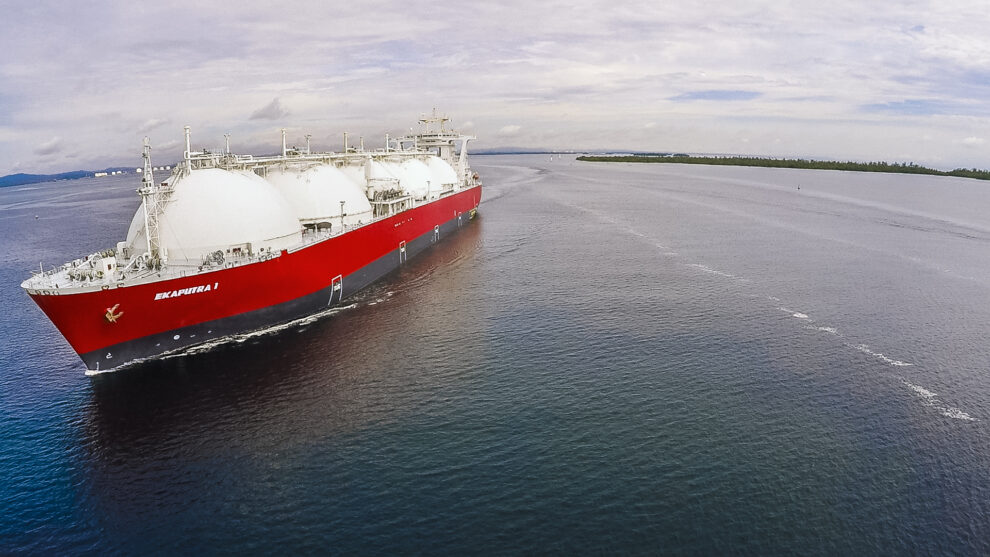In 2019, Qatar gave up its membership in OPEC (Organization of Petroleum Exporting Countries). For tiny Qatar, the future was already underway-and that future was natural gas. Specifically, liquefied natural gas, or LNG. In April 2022, Europe’s imports of LNG hit an all-time high, averaging 16.5 billion cubic feet per day. Qatar, like the US, is rapidly expanding its LNG export capacity.
In liquid form, cooled to -260°F, LNG emits 50% less CO2 than coal when burned. But LNG is a fossil fuel, and according to the International Energy Agency’s World Energy Outlook, demand for oil, natural gas and coal will peak before 2030.
This year’s brutally hot summer across much of southern Europe and North Africa, along with geopolitical challenges such as the Ukraine conflict, have highlighted the importance of stable power generation and regional energy cooperation.
While renewables such as solar, wind, and hydro are the future, natural gas and coal will remain critical for a decade or more. The failure of the Texas power grid during a very cold winter in 2021 provided a valuable lesson: diversity of power generation sources, as well as connectivity and adaptability to external/neighboring power grids, are critical in emergencies.
Importantly, countries also need to take advantage of geography by leveraging regional power generation infrastructure: The neighbor who has an extra generator in case your home loses power for a period of time, and vice versa.
LNG: The Bridge Fuel
In July, Shell and Morocco announced an agreement to supply the North African country with 0.5 billion cubic meters (bcm) of LNG per year. Initially, the regasified natural gas will be transported from Spanish ports via the pipeline linking the two countries. The transfers in 2022 will mark the first direct flow of piped gas from Europe to Africa.
Morocco, like Germany and dozens of other countries, is beginning to build its own terminals to process LNG. These efforts will further accelerate energy cooperation between Spain and Morocco as LNG regasification transfer facilities take advantage of the two nations’ proximity and compatible energy infrastructure.
In many ways, Morocco’s energy plan is the twin component of its Green Morocco Plan agricultural blueprint – harnessing the potential of place with technical feasibility.
As the era of peak oil (and natural gas) approaches, regional power-sharing models like Spain’s and Morocco’s represent the flexibility and diversity of power generation sources that will enable nations to better cope with changing global climate patterns.
Source: Morocco World News











Add Comment